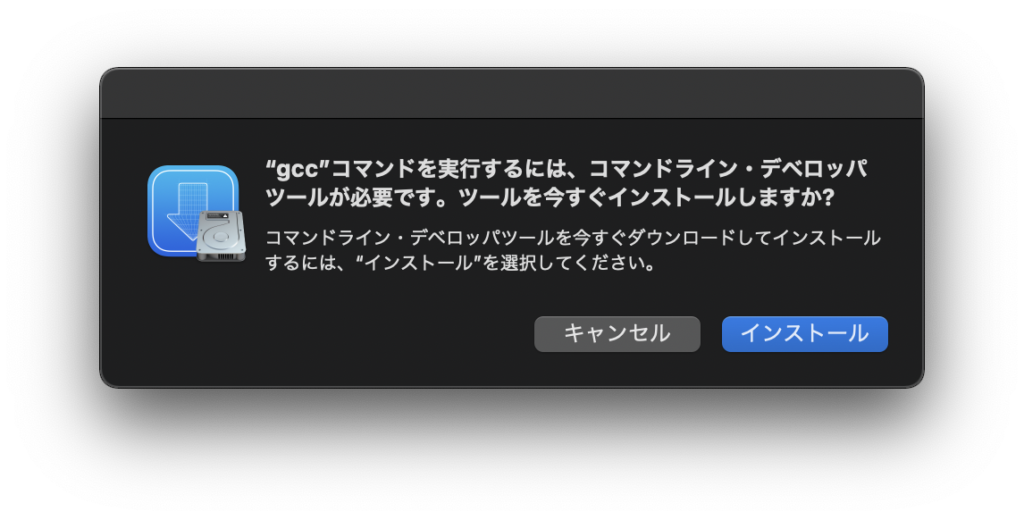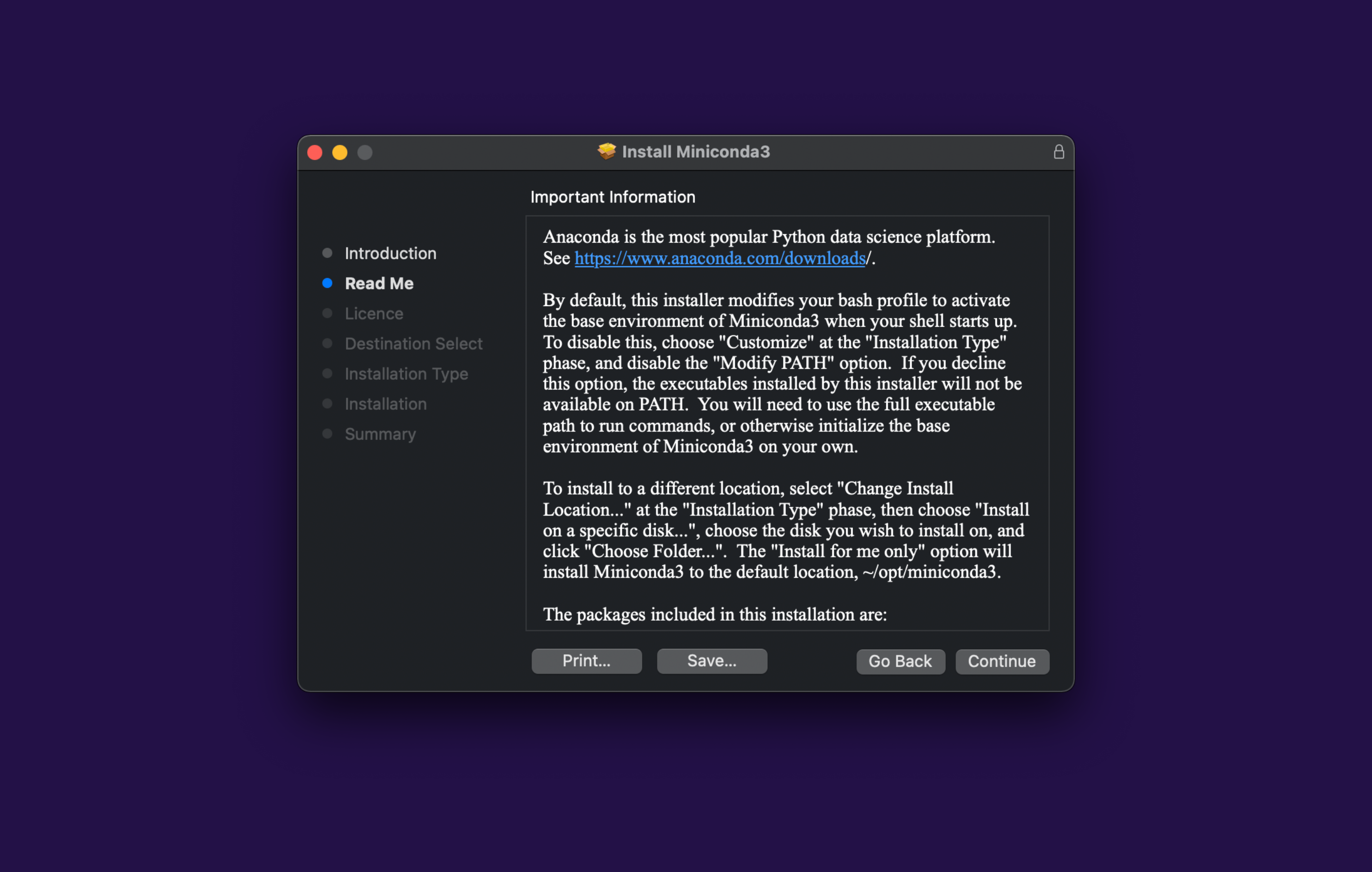

- Python mac m1 install how to#
- Python mac m1 install install#
- Python mac m1 install pro#
You’re done! You can use the new installation for example in your Jupyter Notebooks and install hdbcli, hana-ml or other x86 Python libraries.However, I want to keep the description to a minimum here.
Python mac m1 install how to#
The blog linked above gives some more insights on how to properly manage several installations. Remember the install location to not get confused with other Python installations.
Still in the Terminal_x86.app, use Brew to install Python:. Note, that you also need to do this, in case you have had installed Brew before. Open the newly created Terminal_x86.app and install Brew by running. In section General make sure to check Open using Rosetta. Rename the duplicate to Terminal_x86.app (or whatever name you like). Right-click the Terminal.app and choose Duplicate. Open Finder and go to Applications > Utilities. Install Rosetta on your Mac by executing the following on the terminal:. So here is how I got hdbcli running on an Apple M1 chip (.in less than 5 minutes): However, if you’re simple-minded like I am, you’d prefer a step-by-step guide describing the bare minimum to get hdbcli and dependent clients like the Python Machine Learning Client for SAP HANA working on your machine. I found, that this blog was quite helpful ( Please leave some claps for Danny on Medium). The general idea is to install a Python environment, that runs on Rosetta, which again emulates the x86 architecture. There are many descriptions out there, which explain how to run x86 Python libraries on an M1 chip. While the client team is planning to release universal binaries, you can continue your work in Python also on the M1 by using Apple’s Rosetta technology. 
| sec | np_veclib | np_default | np_openblas | np_netlib | np_openblas_source | M1 | i9–9880H | i5-6360U |
dario.py: A benchmark script by Dario Radečić at the post above.ģ. It's said that, numpy installed in this way is optimized for Apple M1 and will be faster. 
Apple-TensorFlow: with python installed by miniforge, I directly install tensorflow, and numpy will also be installed.conda install numpy: numpy from original conda-forge channel, or pre-installed with anaconda.(Check from Activity Monitor, Kind of python process is Intel). Anaconda.: Then python is run via Rosseta.(Check from Activity Monitor, Kind of python process is Apple).
 Miniforge-arm64, so that python is natively run on M1 Max Chip. On M1 Max, why run in P圜harm IDE is constantly slower ~20% than run from terminal, which doesn't happen on my old Intel Mac.Įvidence supporting my questions is as follows:. On M1 Max and native run, why there isn't significant speed difference between conda installed Numpy and TensorFlow installed Numpy - which is supposed to be faster?. On M1 Max, why there isn't significant speed difference between native run (by miniforge) and run via Rosetta (by anaconda) - which is supposed to be slower ~20%?.
Miniforge-arm64, so that python is natively run on M1 Max Chip. On M1 Max, why run in P圜harm IDE is constantly slower ~20% than run from terminal, which doesn't happen on my old Intel Mac.Įvidence supporting my questions is as follows:. On M1 Max and native run, why there isn't significant speed difference between conda installed Numpy and TensorFlow installed Numpy - which is supposed to be faster?. On M1 Max, why there isn't significant speed difference between native run (by miniforge) and run via Rosetta (by anaconda) - which is supposed to be slower ~20%?. Python mac m1 install pro#
Why python run natively on M1 Max is greatly (~100%) slower than on my old MacBook Pro 2016 with Intel i5?.I've tried several combinational settings to test speed - now I'm quite confused. I just got my new MacBook Pro with M1 Max chip and am setting up Python.








 0 kommentar(er)
0 kommentar(er)
